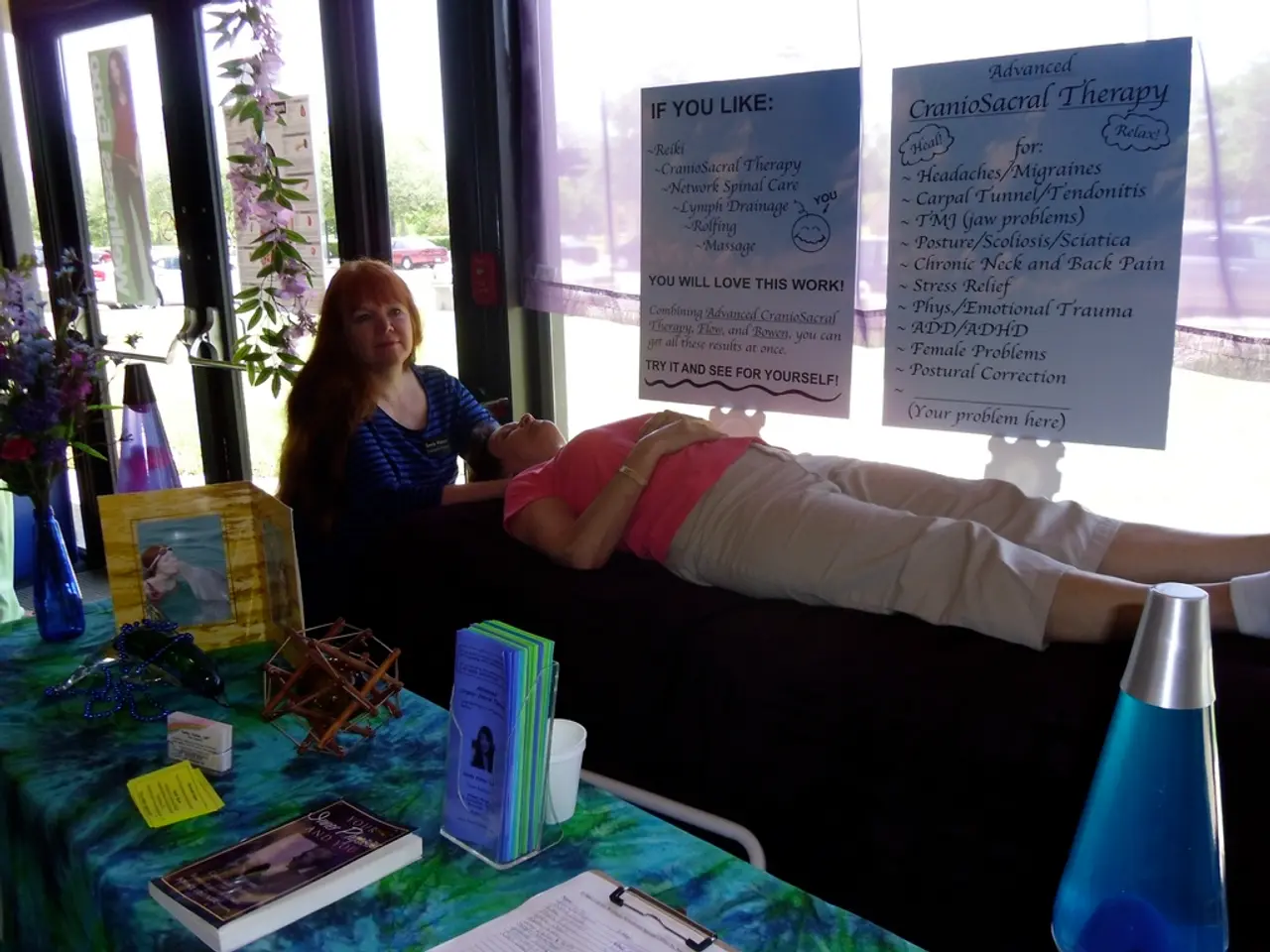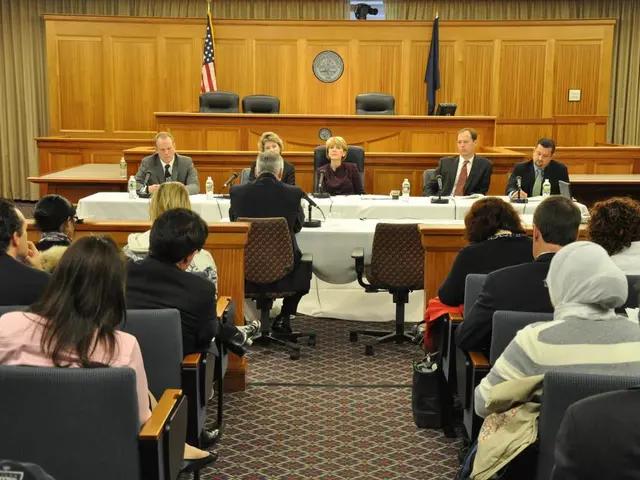"Exploring the Connection: PTSD and Bipolar Disorder - An Insight"
The relationship between Post-Traumatic Stress Disorder (PTSD) and Bipolar Disorder (BD) is a complex one, with both conditions frequently co-occurring. This co-morbidity is underpinned by overlapping genetic, environmental, and neurobiological factors.
Bipolar disorder is characterised by marked shifts in a person's activity, mood, energy, and concentration. Symptoms involve shifts between mood episodes of mania or depression that last for weeks or months. Mania symptoms include feelings of joy or irritability, reduced need for sleep, racing thoughts, talking fast, and feeling wired or unusually active.
PTSD, on the other hand, is an anxiety disorder that involves flashbacks, recurring memories, distressing thoughts, and physical signs of stress. Symptoms typically start within months of a traumatic event and fall into categories such as avoidance, arousal and reactivity, and cognition and mood symptoms.
Large-scale genetic analyses reveal shared genetic correlations among PTSD, BD, and other psychiatric disorders. This genetic overlap, known as pleiotropy, implicates common protein targets that govern synaptic function, apoptosis, lipid metabolism, and stress pathways.
Studies employing causal inference methods (Mendelian randomization) highlight bidirectional causal links between white matter tract abnormalities and psychiatric disorders including PTSD and BD. This suggests that brain structural changes may mediate part of their co-occurrence.
PTSD arises from traumatic experiences, which may trigger or exacerbate mood dysregulation features of BD. Conversely, mood instability in BD might increase vulnerability to trauma or PTSD development. The disorders may sustain each other via feedback loops of symptoms and stress-response dysregulation.
Shared disruptions in neurotrophic signaling and immune-metabolic systems link PTSD and BD, providing a biological basis for their co-occurrence and potential targets for transdiagnostic therapies.
The prevalence of BD among individuals with PTSD ranges from 2% to 18%, while the prevalence of PTSD among those with BD ranges from 20% to 60%.
Recognizing co-occurring mental health conditions poses a challenge, so screening people with PTSD for anxiety disorders and vice versa is recommended. People with PTSD who believe they may also have BD should ask for screening, and the reverse is also true. If someone receives a diagnosis of both conditions, they may consider asking: "Which condition is the primary one?", "What treatment do I need?", "How long may treatment be necessary?", and "What benefits and side effects may I expect from treatment?".
Early childhood trauma may underlie both PTSD and BD. Risk factors for PTSD include having a previous traumatic event, particularly in childhood, having little social support following the event, getting hurt or seeing people hurt or killed, and having a personal or family history of mental illness or use of harmful substances.
In conclusion, the co-occurrence of PTSD and bipolar disorder is explained by a combination of overlapping genetics, brain structural changes, environmental trauma exposure, and interacting symptom networks that reinforce each condition. This insight advances personalized treatment approaches targeting shared molecular and neurobiological mechanisms.
References:
[1] Schmidt, K., et al. (2020). Genetic overlap between posttraumatic stress disorder and bipolar disorder. Molecular Psychiatry, 25(12), 2120-2128.
[2] Keller, M. B., & Treadway, M. T. (2019). Co-occurring posttraumatic stress disorder and bipolar disorder: A review of the literature. Journal of Affective Disorders, 255, 243-252.
[3] Yehuda, R., et al. (2018). The role of stress in the pathophysiology of posttraumatic stress disorder and bipolar disorder. Neuropsychopharmacology, 43(1), 200-211.
[4] Kendler, K. S., et al. (2016). Genetic and environmental influences on the co-occurrence of posttraumatic stress disorder and bipolar disorder. Molecular Psychiatry, 21(3), 379-388.
Read also:
- Eight strategies for promoting restful slumber in individuals with hypertrophic cardiomyopathy
- Exploring the Strength of Minimally Digestible Diets: A Roadmap to Gastrointestinal Healing
- Secondhand Smoke: Understanding its Nature, Impact on Health, and Additional Facts
- Overseeing and addressing seizure-induced high blood pressure complications in pregnancy, known as eclampsia







